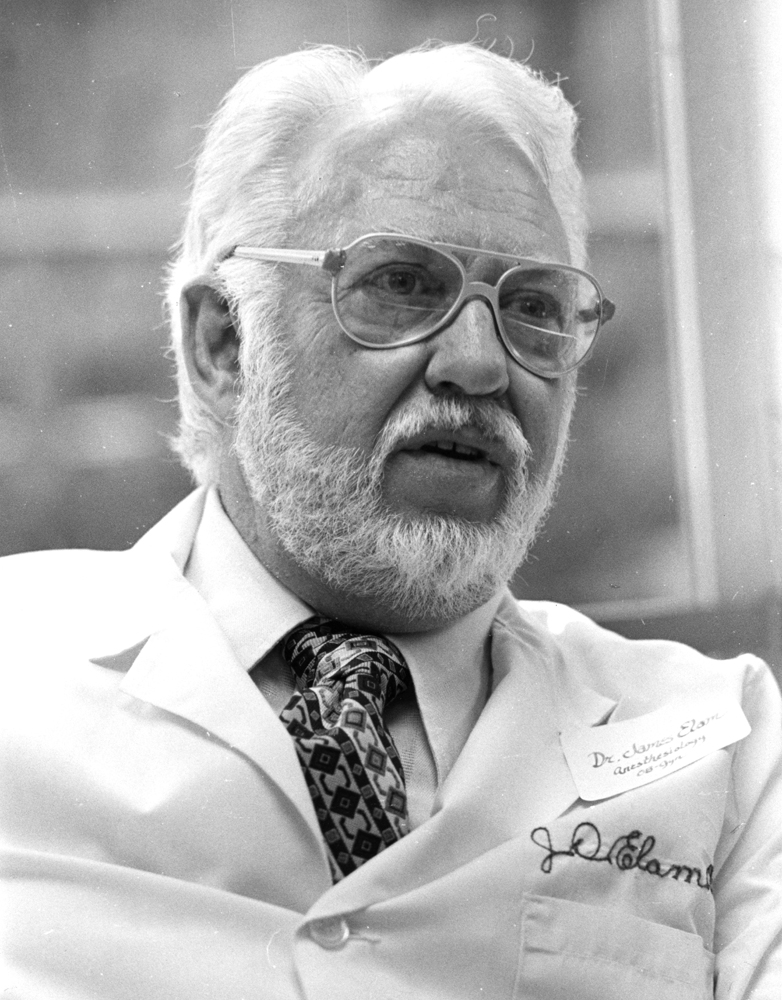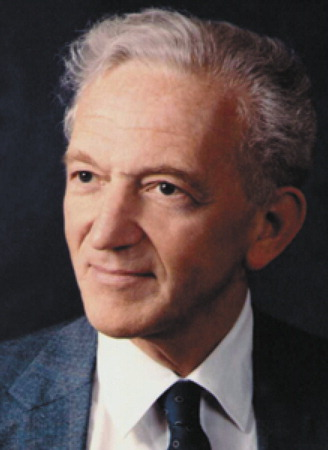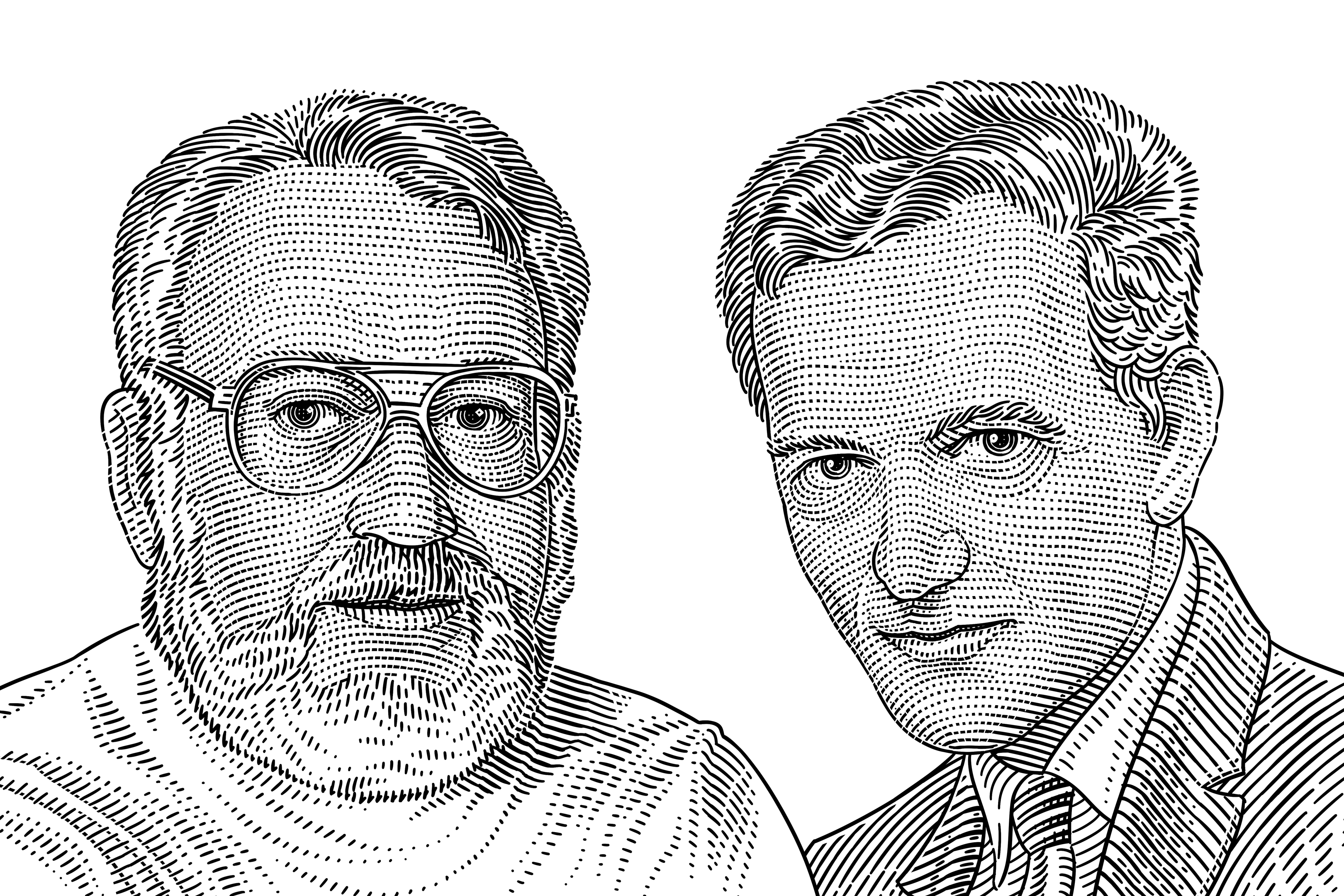Today marks the 37th installment in a series of articles by HumanProgress.org titled Heroes of Progress. This bi-weekly column provides a short introduction to heroes who have made an extraordinary contribution to the well-being of humanity. You can find the 36th part of this series here.
This week, our heroes are James Elam and Peter Safar, the two physicians who discovered and popularized modern cardiopulmonary resuscitation, also known as CPR. Elam and Safar’s modern method of CPR is taught to people across the world as the go-to way to resuscitate an unresponsive person. The World Economic Forum has estimated that Elam and Safar’s CPR technique has already saved 5 million people and continues to save hundreds of thousands of people every year.
Before CPR, people used many peculiar methods to resuscitate unresponsive patients. In the medieval era, flagellation was used. In the 1500s, people commonly used bellows from a fireplace to blow hot air and smoke into a patient’s mouth. In the late 1800s, stretching an unconscious person’s tongue, while tickling their throat with a feather, was recommended. As late as the 1950s, people were advised to resuscitate patients by lifting the unconscious person’s arms and applying pressure to his or her chest. However, these ineffective resuscitative methods have largely been abandoned thanks to the work of Elam and Safar.
James Elam was born May 31, 1918 in Austin, Texas. Elam was born premature, weighing just two pounds at the time of birth. Thus, as a child, he had trouble breathing. He later noted that his childhood experiences with breathing difficulties helped to influence his future career decisions. In 1942, Elam graduated with a Bachelor of Arts degree from the University of Texas. Three years later, he earned his M.D. from John Hopkins School of Medicine.
After an internship at the U.S. Naval hospital in Bethesda, Maryland in 1946, Elam decided to pursue further training in physiology at the University of Minnesota. During his time in Minnesota, Elam gained an interest in respiration. After hearing that midwives in Europe had some success using a mouth-to-mouth resuscitative technique on newborns, he began to ponder if there was a more effective way to resuscitate patients than the existing arm-lift and chest-pressure technique.
After a couple of years studying surgery at Barnes Hospital in St. Louis, Elam began focusing on respiratory physiology. Although not the first person to create a ventilator, Elam created several of his own and they proved capable of providing respiratory assistance to hospitalized patients. Elam knew that his ventilators would be useless for patients who experienced respiratory difficulties outside of a hospital and, as a result, he began working on what would come to be known as “rescue breathing.”
In 1954, Elam was able to demonstrate that exhaled air was successful at providing adequate oxygenation for resuscitation. He tried to bring his findings to the attention of the medical community and general public. However, it wasn’t until he received help from Peter Safar that Elam’s discovery would become common knowledge.
Peter Safar was born on April 12, 1924 in Vienna, Austria. Safar began medical school at the age of 19 at the University of Vienna. He graduated with an M.D. in 1948. In 1949, he accepted a surgical fellowship at Yale University.
After a brief time training in anesthesiology at the University of Pennsylvania, Safar moved to Lima, Peru and founded the country’s first academic anesthesiology department. In 1954, Safar became Chief of the Anesthesiology Department at John Hopkins Hospital in Baltimore, Maryland. Two years later, Safar met Elam at the American Society of Anesthesiologists’ meeting in Kansas City.
While sharing a ride back to Baltimore, the pair debated the pros and cons of different resuscitative methods. After Elam explained that he had success in proving that exhaled air was an adequate resuscitative gas, Safar suggested and subsequently conducted a series of experiments to prove that exhaled-air mouth-to-mouth breathing could maintain satisfactory oxygen levels in a non-breathing patient.
Together the pair perfected the initial steps of CPR, which included the head tilt maneuver to open the patient’s airway, and the precise method of mouth-to-mouth breathing. These experiments highlighted the failure of the commonly used chest-pressure and arm-lift methods of resuscitation, and documented the superiority of Elam’s exhaled air technique.
In 1957, Safar wrote a book titled ABC of Resuscitation that combined the A (Airway), and B (Breathing) methods of CPR with the C (chest compressions). The book became the basis for CPR training. In the same year, the U.S. military endorsed Elam and Safar’s method of resuscitation. In 1958, Safar published the findings from his CPR experiments in a paper published in the Journal of the American Medical Association.
In 1959, Elam wrote a shorter instructional booklet highlighting his CPR method titled Rescue Breathing. The success of the publication led Elam to produce his own films that demonstrated the technique. The pair also contributed to the development of the CPR practice mannequin called Resusci Anne.
The compelling evidence for their method of CPR meant that in Safar’s own words, the change from the old chest-pressure and arm-lifting method to mouth-to-mouth was “extremely rapid.” By 1960, Elam and Safar’s CPR method had been adopted by the American Red Cross, the National Academy of Science, and before too long it was taught across the world.
In recognition of their work, Elam and Safar received a plethora of awards and honors. Elam was awarded the Certificate of Achievement by the U.S. Army. In 1962, the Medical Society of the State of New York gave Elam their highest honor–the Albert O. Bernstein Award. Safar was awarded Austria’s highest civilian honor, the Cross of Honor, in 1999. On three occasions, he was nominated for the Nobel Prize in Medicine.

Later in life, Elam founded the Society for Obstetric Anesthesia and Perinatology. Up until his death on July 10, 1995, Elam continued to experiment and modify a variety of anesthetic devices.

Safar went on to create the first academic anesthesiology department and the world’s first intensive-care medicine training program at the University of Pittsburgh. Safar noted that his lifelong goal was to “save the hearts and brains of those too young to die.” He continued his research up until his death on August 3, 2003.
Thanks to the work of James Elam and Peter Safar, emergency medicine has changed for the better. The pair’s Modern CPR method continues to be taught worldwide and is credited with saving hundreds of thousands of lives every year. For these reasons, James Elam and Peter Safar are our 37th Heroes of Progress.

